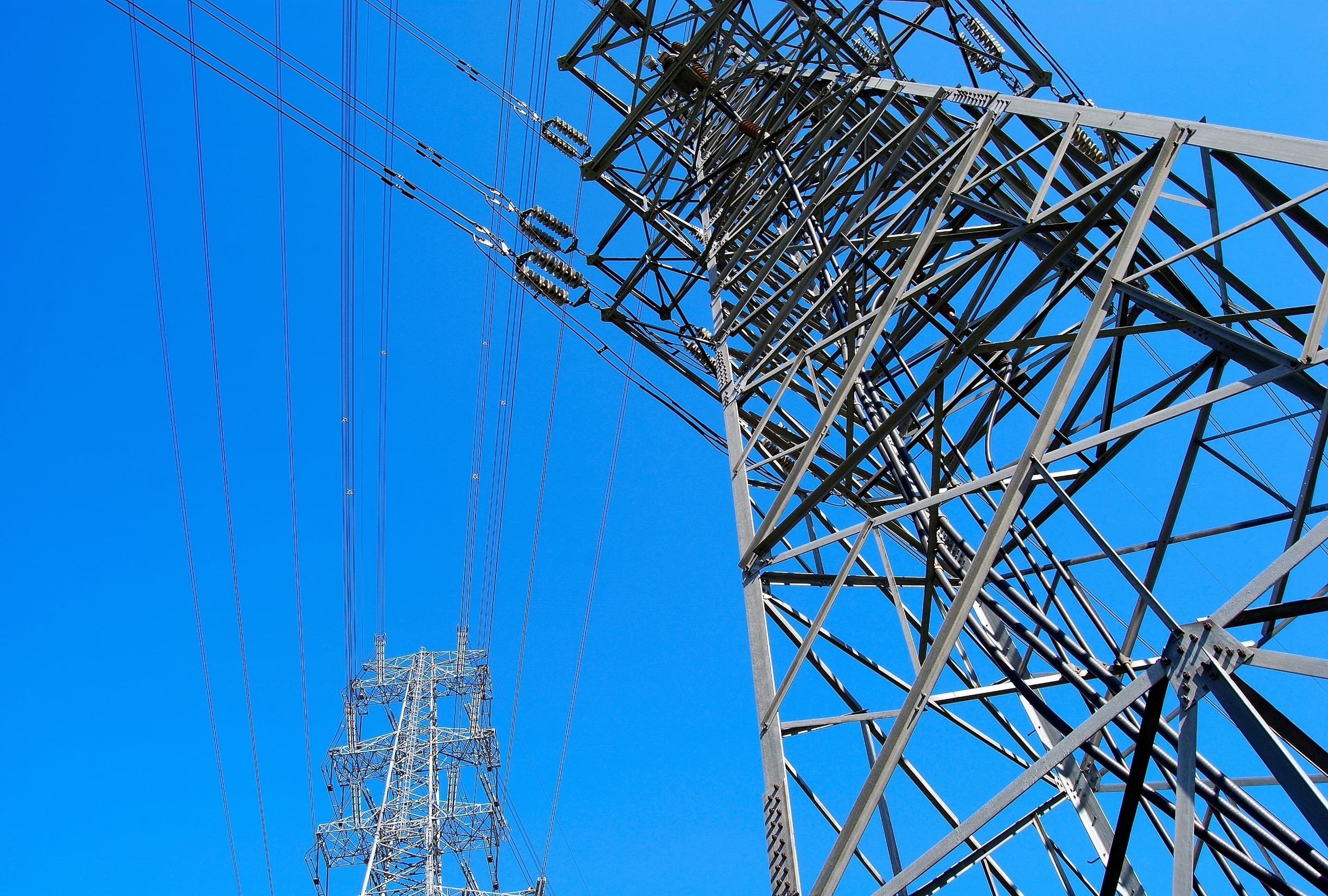
We often take electricity for granted. Flip a switch and the light comes on. The music system starts playing. The computer boots up. Electricity is a convenience we can no longer do without.
Have you ever wondered, though, how it reaches our homes and workplaces? In simple terms, we are providing you some information on how we get our electricity. It just takes a few important steps — also known as the electrical grid.
Generation:
Power is generated by electricity companies, the same ones that send you your monthly bill. While earlier, most generation facilities were coal-fired, now there are various options, such as natural gas, hydroelectric, nuclear, wind, and solar.
Any of these energy sources can be used to move turbine blades on an electric generator. This generator converts the mechanical energy (the sum of kinetic and potential energy in an object used to do work) to electrical energy. The heat generated produces steam which sets the turbine blades into motion, creating the electricity we eventually use.
Transmission:
From the generation plant, electricity moves on to distribution substations through high-voltage transmission lines, also known as the transmission grid. You have likely noticed the lines crisscrossing overhead, and in fact, the use of overhead lines is more prevalent among utilities than underground lines. Utilities prefer overhead lines as they are cheaper to set up and more easily accessible than underground lines. The only problem is that weather conditions can affect them, leading to potential power outages.
Distribution:
Generation plants provide power to this grid in ranges from 480 volts to 22 kilovolts. Of course, this depends on the capacity of the generation plants. As electricity is released from the generation unit, voltage is stepped up by the use of a transformer.
This is done so as much power is retained as possible, without any substantial losses. Once the electricity reaches load areas, transformers kick into action again at distribution substations to step down the voltage passing through. The voltage is lowered so the electricity can pass through smaller transmission lines.
Transformers lower the voltage again so the electricity becomes safe to use at home. It then connects to our home. It is circulated through the meter, which simultaneously measures how much power you use, and determines what shows up on your bill at the end of the month. The electricity, via the meter, goes through the wires in your house to switches and outlets, now ready for you to use.
It may seem simple, but getting power to your homes is actually a complicated process. Just ask any electrical engineer.
Interesting Facts:
- British scientist Michael Faraday discovered the principles of electricity generation during the mid-1800s, and the method he devised in still in use today.
- The first street to be lit by electric light bulbs in the world was Mosley Street, Newcastle upon Tyne, in 1879.
- Thomas Edison built the first power plant, and in 1882 his Pearl Street Power Station in New York sent power to 85 buildings.
- The biggest light bulb in the world is located in Edison, New Jersey. It’s 14 feet tall, weighs eight tons, and sits on top of the Thomas Edison Memorial Tower.
- The first four common domestic items powered by electricity were the sewing machine, fan, kettle and toaster.
- A typical microwave oven consumes more electricity powering its digital clock than it does heating food
- Appliances also use electricity when switched off. The average desktop computer idles at 80 watts, while the average laptop idles at 20 watts.
- In Albertville, France (host city of the 1992 Winter Olympics), they make electricity from cheese! Since whey isn’t needed to make Beaufort cheese, bacteria is added to the whey, turning it into biogas. This gas is then fed through an engine which heats water to generate electricity.
- Ever wondered why birds that sit on power lines don’t get electrocuted? If a bird sits on only one power line it’s safe. If the bird touches any part of its body to another line, it creates a circuit, causing electrocution.
- Iceland is the country that uses the most electricity annually. Their consumption is about 23% more than the U.S.
Source: GloBird Energy
Source: Oliver HVAC



